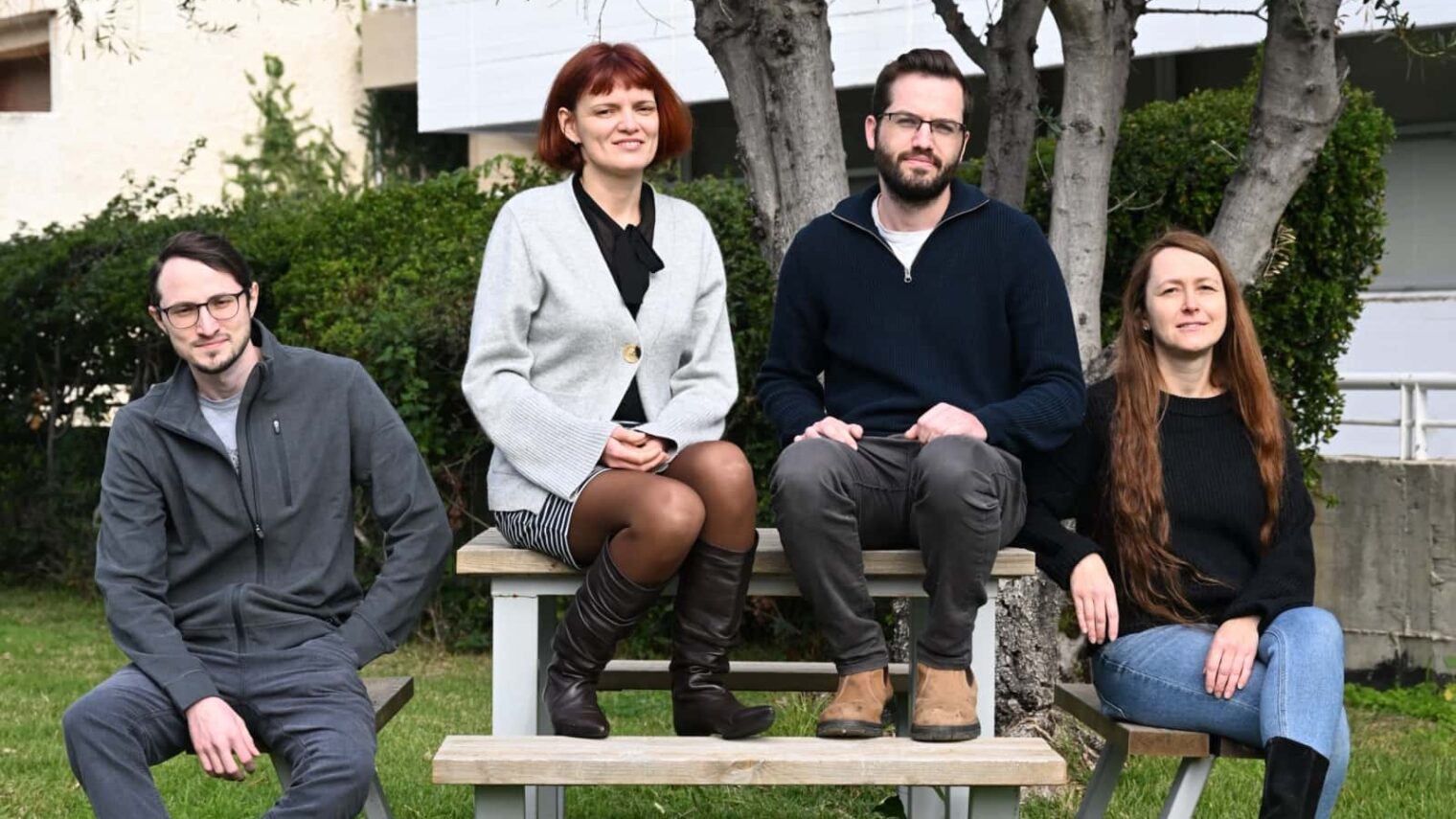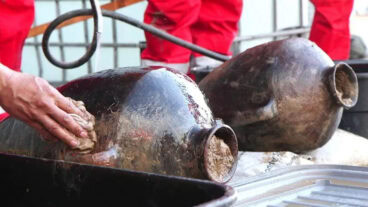Researchers in Israel say they can now produce “green hydrogen” as an affordable and effective alternative to fossil fuels.
Their breakthrough could lead to widescale manufacture of the gas using wind or solar energy.
Hydrogen is seen as the fuel of the future. It produces water instead of greenhouse gases, so it’s good for the planet and can help achieve net-zero carbon emissions.
But current manufacturing processes involves heating methane gas to extremely high temperatures, producing what’s called gray hydrogen, or burning coal to produce black hydrogen.
That cancels out any environmental benefit. Producing hydrogen currently accounts for 2.5% of global carbon dioxide emissions, underlining the need to find a more sustainable method of manufacture that does away with polluting fossil fuels.
A team at the Technion – Israel Institute of Technology, in Haifa, has been refining an alternative method of producing the gas called electrolysis, in which the hydrogen molecules in water are separated from oxygen molecules using an electrical current.
Electrolysis has been recognized as a method of producing small quantities of hydrogen for over 200 years, but has always been far too expensive to be commercially viable.

But researchers at the Technion’s Faculty of Materials Science and Engineering, led by Prof. Avner Rothschild, developed what they call a “disruptive processes” to make the make it affordable and sustainable.
They published their findings in the journal Nature Materials, describing the advantages of their process, and how it is likely to reduce the costs and accelerate the use of green hydrogen as a clean, sustainable alternative to fossil fuels.
“Green hydrogen produced by water splitting using renewable electricity is essential to achieve net-zero carbon emissions,” they write in their introduction.
Although there is still a long road ahead for developing a new technology based on their scientific breakthrough, they stated that “such a technology is likely to get past the many obstacles on the way to industrial production of green hydrogen.”
Their new process was developed by Ilia Slobodkin as part of his master’s thesis, with the help of senior researcher Elena Davydova, Anna Breytus and master’s student Matan Sananis.
















